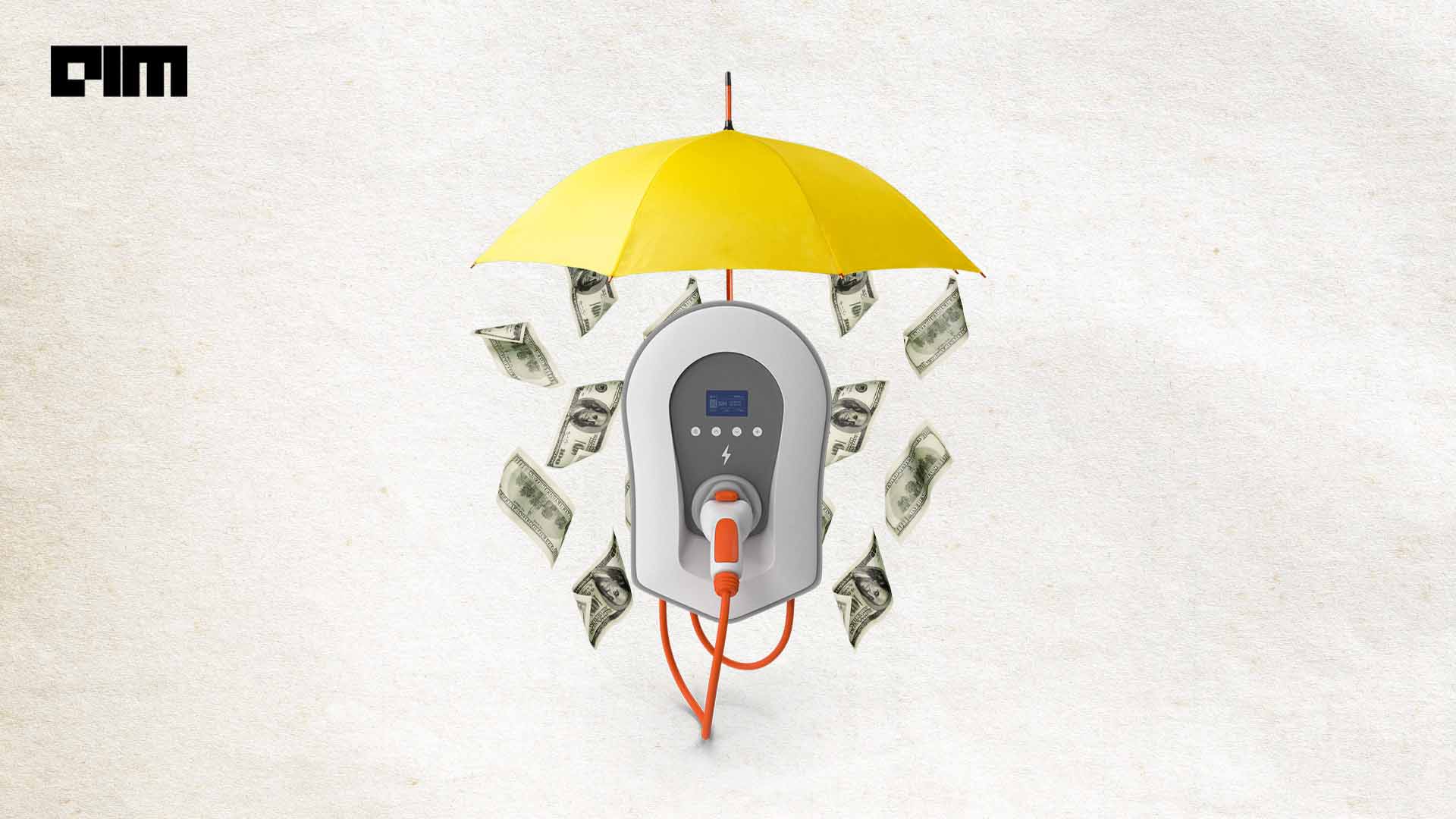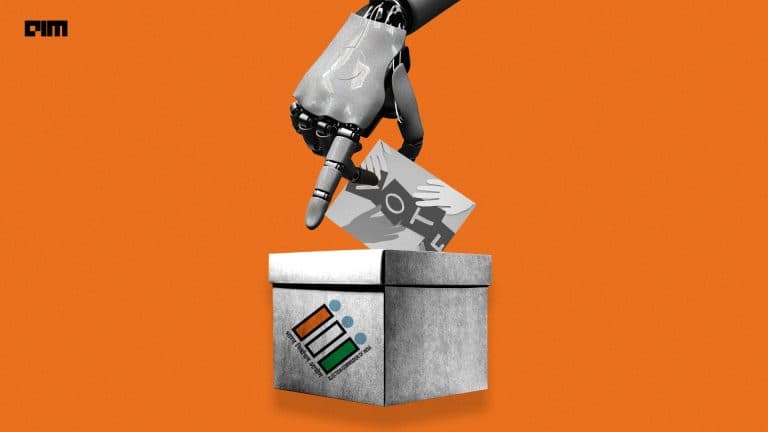Barely two months into 2023, the EV market has already seen investments worth $76.2 million — and there is no stopping. In 2022, the Indian EV segment saw total funding of $1.66 billion, a 117% increase from the $766 million in 2022, valuing the market at $3.21 billion.
In the first 10 months of 2022, about 90% of the Indian automotive investments by VCs and PEs were in pureplay EV industries, which is around $982 million. According to an estimate by the Indian Private Equity & Venture Capital Association (IVCA), the investment is slated to reach around $20 billion by 2030.
Last year’s highlight was Ola Electric raising $200 million from Tekne Private Ventures, Edelweiss, and Alpine Opportunity Fund in Series-C, valuing itself at $5 billion. Ampere Vehicles raised $220 million in a Series-B fund. The second biggest was Ather Energy’s $128 million deal in Series-E with Caladium Investment as their lead investor.
The Union Budget-2023, too, aimed at boosting the sector through concessional duty on the components of lithium-ion batteries for another year, along with a reduction of the indirect taxes from 21 to 13 percent. The Faster Adoption and Manufacturing of Electric Vehicles (FAME) programme along with the National Electric Mobility Mission Plan, which has a target of achieving 30% electric mobility by 2030, has been the driving force for the industry for the past few years.
Interestingly, all of this points towards the Fortune Business Insights report prediction, according to which, the Indian EV market is expected to grow to $113.99 billion by 2029, with an annual compound growth rate of 66.52%.
E-scooters Face the Heat
Globally, since 2017, VCs have poured more than $5 billion into e-scooters. But astonishingly, a lot of European countries are rethinking the idea of e-scooters. Paris, a ‘jungle’ of electric bikes and scooters, is going to vote in April on whether it should ban e-scooters rentals altogether. Barcelona has already banned e-scooters sharing services, and the Netherlands does not even permit them on the road. Even the UK is monitoring the whole system of how people find their e-scooters, while also questioning the low-carbon label that they currently hold.
E-scooters were introduced, not to earn money for the investors, but for environmental good. But a research by ETHZurich claimed otherwise. It said that while e-scooters in general emit less C02, the sharing schemes have contributed to more carbon emissions than the modes of transportation they have replaced – walking and public transport — by around 51%. Another study in Paris recorded that 72% of the respondents shifted to e-scooters from walking or taking public transport, rather than the expected shift from cars, which e-scooters companies set out to replace.
India is still in the adoption stage for e-scooters, but may be looking at a similar fate in the future. Here, the biggest concern at the moment, apart from infrastructure, is the safety around e-scooters. In 2022, scooters lighting up was one of the highlights of the industry, which led to the government adding phase one of the EV battery safety standards in December. A more rigorous second phase of this testing, which involved design-level changes has the deadline of March 31, 2023. This testing is expected to have a very negative impact on the EV industry as a whole.
Swapnil Jain, co-founder of Ather Energy, told AIM that India’s outlook towards electric two wheelers is quite different from the rest of the world and the adoption is only increasing. According to him, India’s total EV penetration remained around 3% in 2022, which includes two-wheelers. Citing his 224% YoY growth, Jain said that e-scooters will become mainstream in five years.
What this means
With these regulations and an overall change of perception about e-scooters, the EV industry as a whole gained a lot of momentum in 2022, with car companies spending around $515 billion to pivot from gas to electric engines. What this means is a need for better infrastructure for the same.
And since the new budget is focusing on green mobility, Indian EV prices are expected to drop. However, the good news for investors is that since most LPs are pushing to invest in climate tech startups, EVs are the hottest ones to go for, just like last year. And with the developing technologies, the prices for building EVs is expected to drop even lower, making EVs more accessible in Tier-II and Tier-III cities.
Another bright spot is the lithium reserve found in J&K. All this while lithium was imported from China to build batteries in India – clearly going against the Make in India initiative of the government. But now, with the discovery of 5.9 million tonnes of lithium reserves in Jammu and Kashmir, the import tax can be completely snipped, speeding up the mission.





























